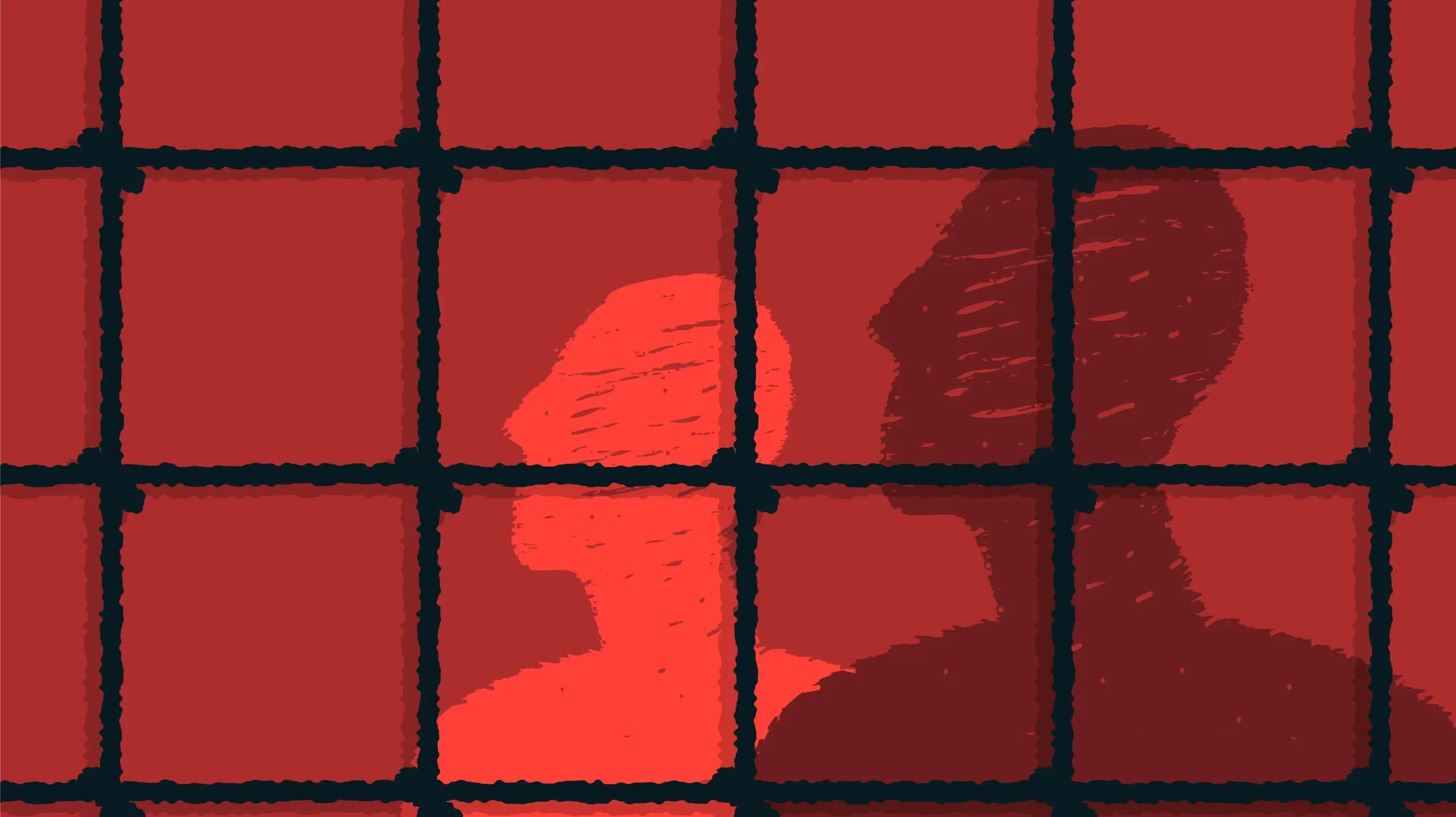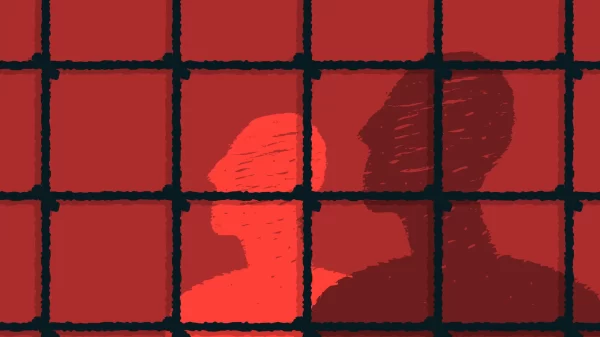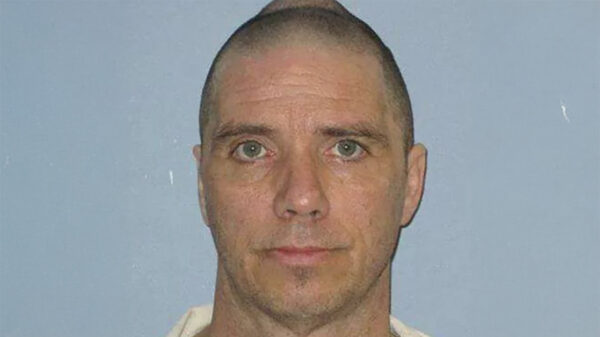The Alabama Department of Corrections has been, and remains, an absolute mess of a state agency.
This is not a debatable fact at this point. There has been enough evidence presented – by both the U.S. Department of Justice and your own eyes and ears – to know it’s true. And there’s also no debating that ADOC’s facilities are basically little slices of hell on earth – stacked to the rafters with incarcerated humans and understaffed to the point of cruel and unusual punishment.
And these basic facts, along with the oh-my-good-God-almighty price tag, are why I’m torn on Alabama’s plan to spend more than $1.2 BILLION on a single new prison.
To be certain, that’s an absurd amount to spend on a new prison. Hell, about five years ago, we were all up in arms when we thought we were going to get three prisons for less than that.
Likewise, I have absolutely no faith whatsoever in ADOC brass to properly manage the construction, management or staffing of the world’s most expensive prison. I’m sorry, but there’s only so many times that you can tell me that a guy who was pretty clearly murdered fell out of his bunk before I just stop trusting you with … pretty much anything.
But …
It’s the biggest “but” that I’ve typed, I think. Because I’m about to suggest to you that maybe, just maybe, there’s a chance that the new prison isn’t a terrible idea.
There’s one reason: Human suffering.
Whenever I see that $1.2 billion price for the new prison, I get angry. Like any reasonable person would. I want to pounce with condemnations and indignation. I want to scream about the inadequate funding of public schools, of welfare programs, of after school programs, of violence intervention programs, of athletics and arts and music and all the other wonderfully happy things that we could fund with that money that would keep kids off the streets and out of prisons in the first place.
But then I remember the letters.
My God, the letters! They come to me all the time, on paper and in email form, from the prisons all over this state, and from the heartbroken, terrified and angry parents, siblings, wives and friends of inmates who are locked in those hellholes.
I have seen pictures of human feces on walls for days. I have seen video of broken pipes and flooded dorms. I have been told stories of heat so unbearable that death would have been welcome. I have read reports of untreated illnesses, chronic conditions and serious injuries that were allowed to leave human beings in outright agony for weeks.
We all know, having read the DOJ reports, about the lack of mental health care within those walls. And we all know that overcrowding and understaffing has led to so many horrific sex crimes and other physical abuses that thousands of Alabama citizens have emerged from our prisons broken.
So, maybe $1.2 billion is our penance.
Maybe that’s just how much it costs for taking the initial steps in rectifying 100-plus years of neglect, abuse, torture and murder. Maybe that’s the punishment for turning a blind eye day in and day out to the legitimate, well documented suffering of other humans.
And while there are certainly flaws with the way the state is going about this new prison ordeal – not owning the building after paying off the debt incurred from this mega-prison construction isn’t exactly ideal – there are also very positive changes that will come from this construction. Changes that could legitimately end the snickering whenever someone says ADOC’s goal is “correction.”
The new prison will have updated and appropriate medical and mental health facilities. It will also include educational hubs and workforce training centers. It will have substance abuse facilities and programs (Of course, those programs only work if ADOC actually staffs them – which is a huge issue currently, according to multiple inmates).
While the prison will not solve the overcrowding issue, experts have said the design and layout will make it much safer, particularly for low-risk inmates that can be better segregated from more dangerous inmates.
Of course, none of this is to say that Alabama couldn’t do a much better job on a thousand different fronts at funding programs and government services that would prevent so many men and women from ever seeing the inside of a prison. Or from returning once released.
But the fact is we have 20,000 or so humans currently incarcerated in Alabama prisons. And almost every single one of them is living in awful, dangerous, embarrassing conditions that do absolutely nothing to deter crime and everything in the world to ensure that we’re taking low-risk offenders and turning them into lifelong criminals.
We’ve ignored the pleas and horror stories for decades. We’ve pretended that human suffering was an acceptable punishment for petty crimes. We’ve shrugged off failing to treat illnesses and mental health issues within those walls. And we’ve all stood idly by as we’ve failed person after person who ever entered an Alabama prison.
Maybe this is what it costs to even begin correcting what we’ve done.



















































